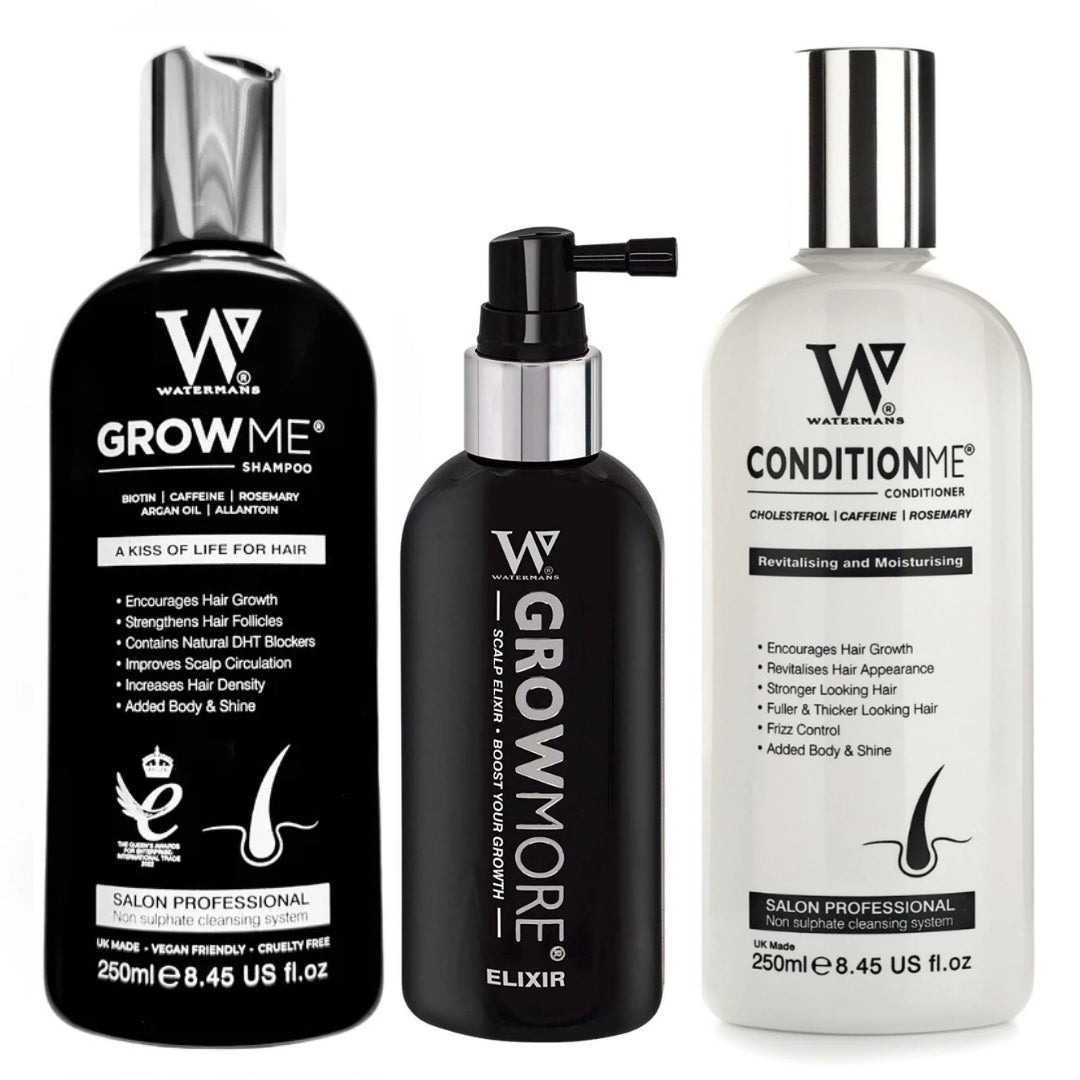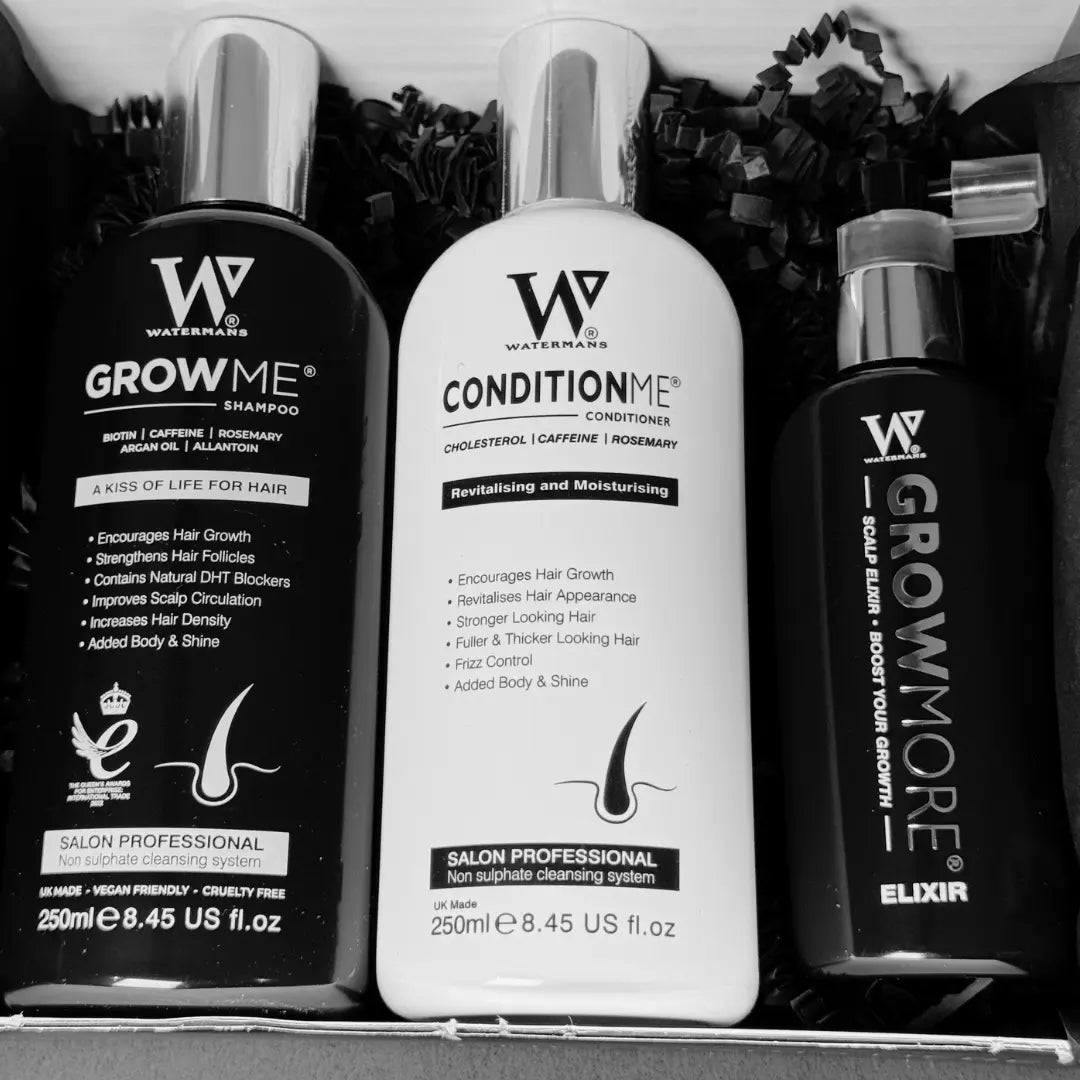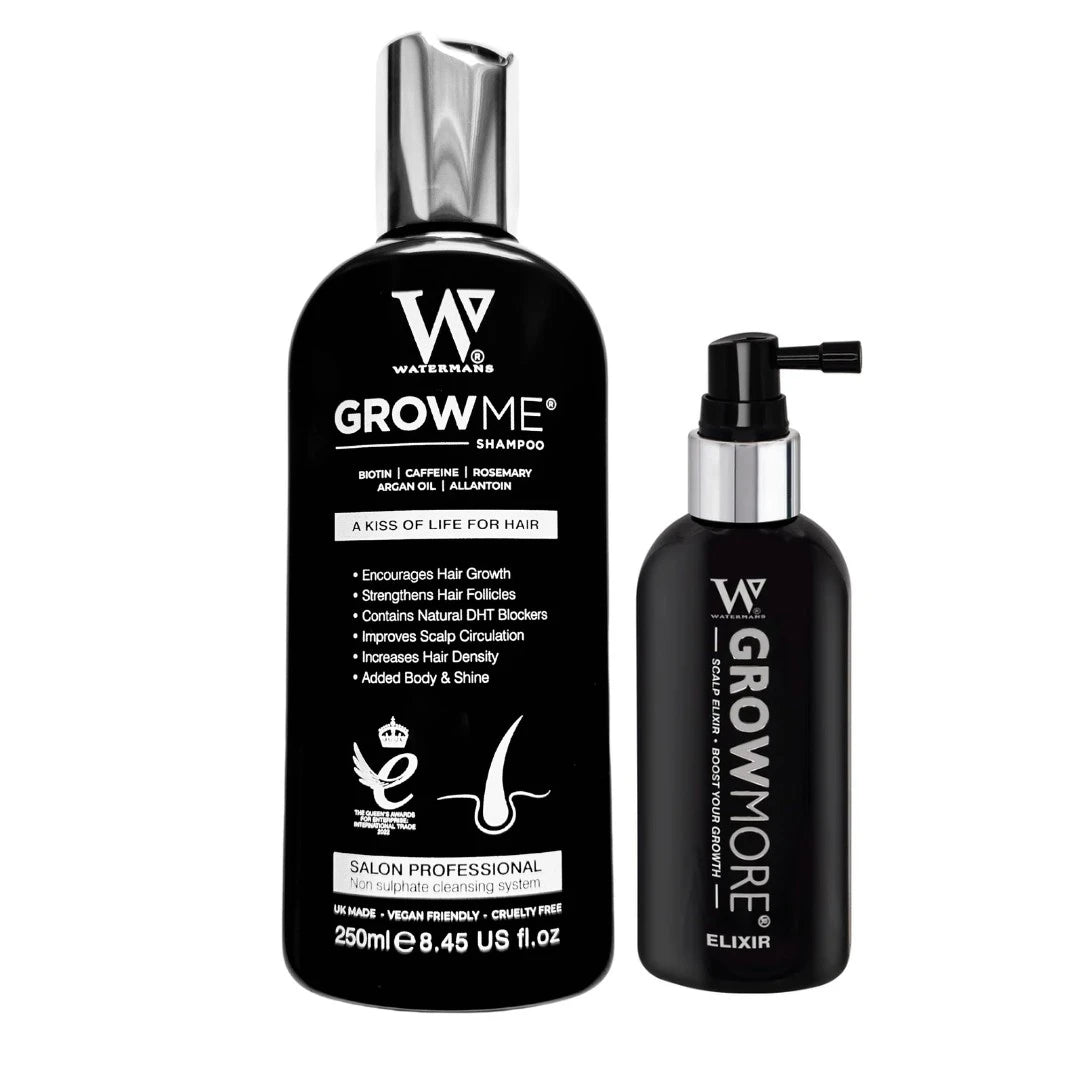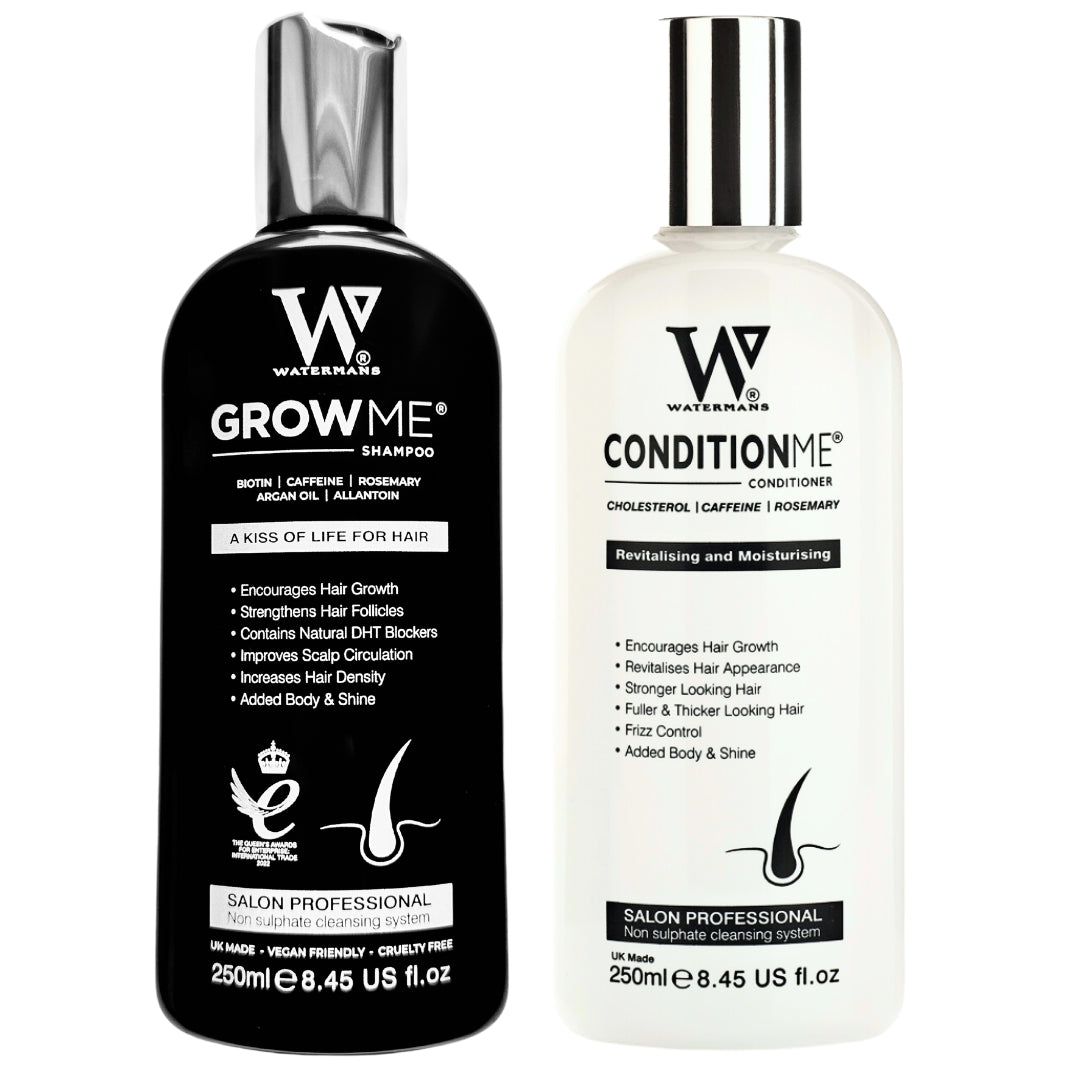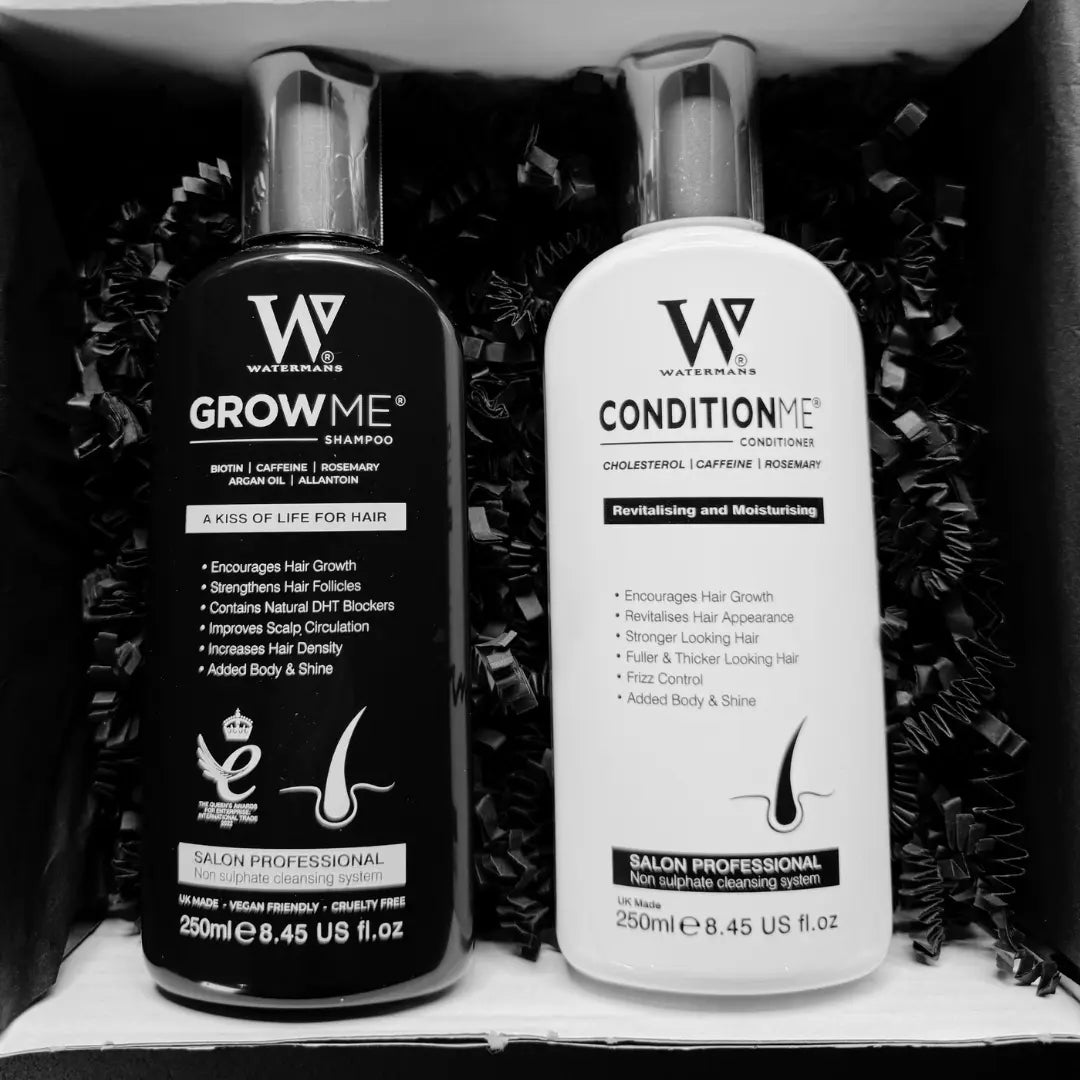
Hormone Replacement Hair Loss: Causes, Treatments, and Prevention Tips
Page Title:
URL Handle: /hormone-replacement-hair-loss-causes-treatments-prevention
Hair loss can feel hard. Hormone changes in therapy shift hair cycles. Many on therapy face hair loss. We explain why it happens and how to treat or stop it.
What is Hormone Replacement Hair Loss?
Hormone replacement hair loss means hair thins or sheds when hormones shift in therapy. Estrogen, progesterone, and testosterone work close with hair growth. When these hormones change fast, hair follicles rest; hair falls.
Why Does Hormone Replacement Cause Hair Loss?
Hormone changes affect hair growth in small ways. Low estrogen shortens the hair’s growing time; androgen shifts may create more DHT, which makes follicles shrink; progesterone shifts change how scalp oil forms; thyroid hormone changes, too, can slow hair growth; and stress at the start of therapy pushes hair to fall.
Common Signs of Hormone Replacement Hair Loss
You might see these signs:
- More hair on your brush.
- Thinner hair at the temples or crown.
- Hair that feels finer or weak.
- Slower hair growth.
If these signs appear as you start therapy, the change in hormones is a likely cause.
Treatments for Hormone Replacement Hair Loss
Balancing hormones and caring for hair follicles helps manage hair loss. Here are treatments that many find help:
1. Adjust the Hormone Therapy with a Doctor
Talk with your doctor about hair loss. Changing hormone doses can slow shedding. Blood tests can keep hormone levels set.
2. Try Hair Growth Shampoos with Natural Parts
Watermans Grow Me Shampoo works well for many. It has Biotin, Rosemary, Caffeine, Niacinamide, Argan Oil, Allantoin, and Lupin Protein. This mix works at the roots and adds body to hair. See more and try it here: Watermans Grow Me Shampoo.

3. Eat Foods Rich in Nutrients
Foods with iron, zinc, vitamin D, and omega fats help hair. Sometimes extra biotin or collagen in supplement form can support strength in hair.
4. Skip Harsh Hair Treatments
Avoid heat styling, strong chemical treatments, and tight hairstyles that add stress to hair follicles.
5. Massage Your Scalp
A gentle scalp massage increases blood flow around hair roots and helps hair grow.
Tips to Stop Hormone Replacement Hair Loss
Not every hair loss case stops with therapy alone. Still, these steps help:
- Keep hormone levels steady with regular check-ups.
- Use mild, sulfate-free shampoos like Watermans Grow Me Shampoo to clean without stripping scalp oil.
- Wash hair 2–3 times a week.
- Eat protein-rich foods along with vitamins and minerals for hair.
- Shield your hair from sun and rough weather with scarves or hats.
- Ease stress with calm exercises or quiet moments.
List: Key Parts in Hair Growth Products
For hair regrowth during hormone changes, look for products that include:
- Biotin – acts on keratin to add strength.
- Caffeine – helps wake up hair follicles.
- Niacinamide – supports blood flow in the scalp.
- Rosemary Oil – calms the scalp.
- Argan Oil – helps smooth and feed hair.
- Allantoin – soothes and helps healing.
- Lupin Protein – builds hair shaft strength.
Watermans Grow Me Shampoo joins these parts for your hair care.
Frequently Asked Questions About Hormone Replacement Hair Loss
Q1: Can hormone therapy cause permanent hair loss?
Most hair loss with hormone therapy stays short term. Hair usually grows back when hormone levels settle or when hair care steps work.
Q2: How long after starting therapy does hair loss show?
Hair loss can show weeks or months after starting therapy. The scalp needs time to settle.
Q3: What is the best shampoo for hormone-linked hair loss?
Shampoos with Biotin, Caffeine, Niacinamide, and natural oils—as seen in Watermans Grow Me Shampoo—work well during hormonal change.
If you seek a natural way to support hair regrowth during therapy, begin with Watermans Grow Me Shampoo. It works at the roots and fills in hair, making it one of the best non-medical checks today. For full hair care, try the Watermans Hair Survival Kit to support hair growth and scalp care during change.


